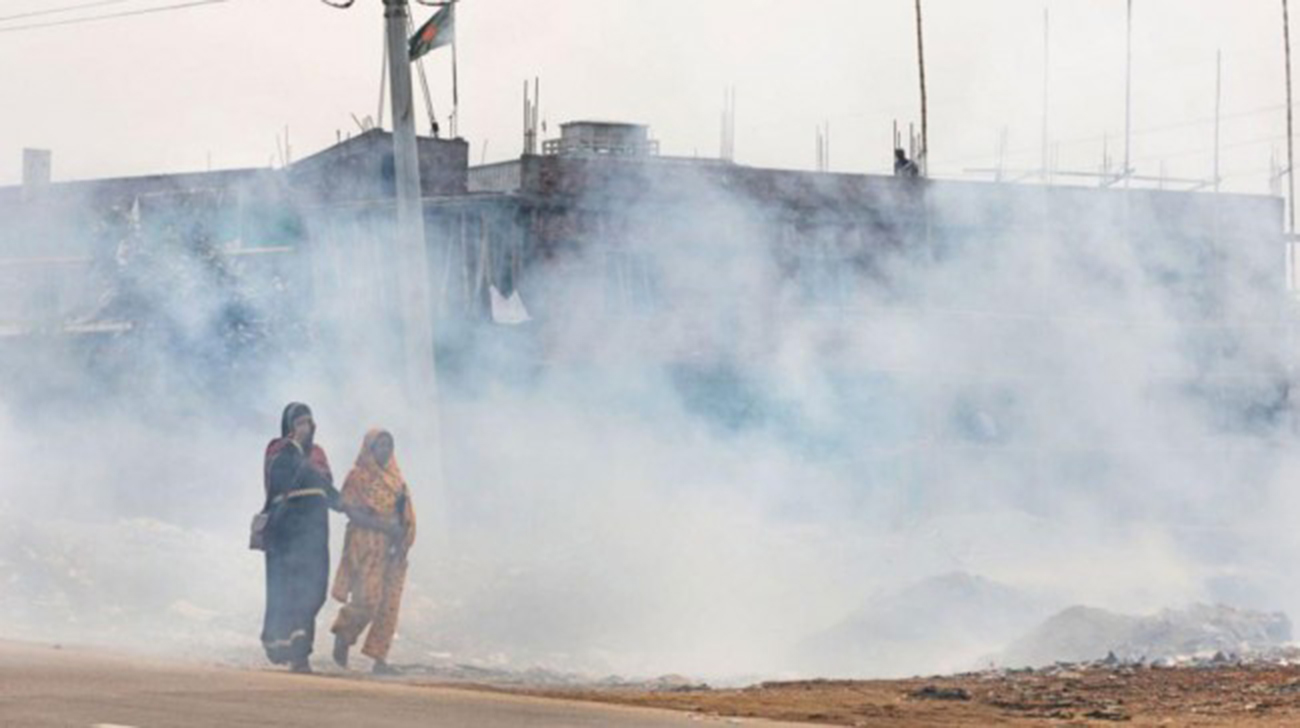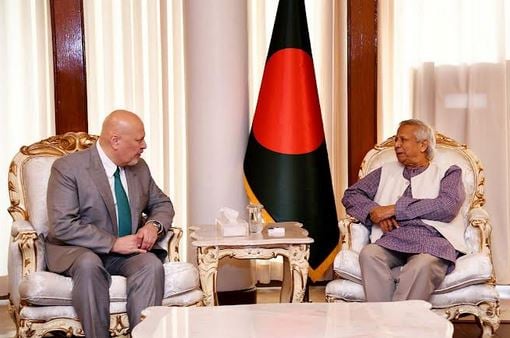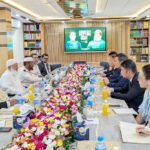
Causes of Air Pollution in Winter
The proliferation of dust is one of the major contributors to winter air pollution in Bangladesh. In the dry season, construction activities are at their peak in urban areas like Dhaka, and loose soil and debris are left uncovered. Wind carries this fine particulate matter, which in turn worsens the quality of air. Furthermore, roads in Dhaka are rarely well-maintained, and the absence of proper cleaning practices contributes to piling up dust.
The other important factor is transportation. The streets of the city are jammed with old and poorly maintained vehicles that emit harmful gases, such as carbon monoxide, nitrogen oxides, and hydrocarbons. These emissions combine with dust to form thick smog over the city. Vehicles themselves also generate dust through tire wear and road abrasion, further exacerbating the problem.
The open burning of garbage, being a very usual factor in the winter, also contributes to air pollution. Organic waste, plastics, and other materials are often incinerated in residential and industrial areas, emitting toxic chemicals into the air. Industrial emissions, including those from brick kilns in the outskirts of Dhaka, emit high amounts of particulate matter into the atmosphere, contributing to further deterioration of air quality in the city.
Health Implications of Air Pollution
Air pollution affects human health severely and over a long period, affecting mostly children and the aged. Fine particulate matter in dust and vehicle emissions, such as PM2.5 and PM10, penetrates deep into the respiratory system, causing inflammation and increasing the risk of pulmonary diseases like bronchitis, asthma, and chronic obstructive pulmonary disease.
For children, this may mean stunted lung development and increased susceptibility to respiratory infections, while for the aged, especially those with predisposing conditions like heart disease or diabetes, the risk is higher because poor air quality may trigger cardiovascular complications and worsen chronic conditions.
Allergic disorders include rhinitis and dermatitis, which also peak during winter. Fine dust particles acting as allergens result in irritated eyes, sneezing, skin irritation, and eczema in certain cases. Incidences of such health problems are continuously increasing. Researches state that diseases caused due to air pollution have increased by more than 30% lately. The aggregated economic cost of those health issues in terms of medical expenditures and lost productivity is astonishingly high.
Transport and Its Contribution to Air Pollution
One cannot overemphasize the role that transport has played in worsening the air pollution in Dhaka. Public transportation is so inefficient within the city that many people use private vehicles, rickshaws, and motorbikes. The sheer number of vehicles, coupled with poor traffic management, results in longer periods of idling and increased emissions.
The two-stroke engine auto-rickshaws, though banned but still operational, emit a large quantity of unburnt hydrocarbons and carbon monoxide. Heavy-duty trucks and buses, mostly running on low-quality diesel, badly contribute to particulate emissions. This is further made worse due to the inability of most countries to fully enforce any emission standards at all.
Apart from air pollution, vehicular emission also leads to ground-level ozone formation, which is injurious to both respiratory health and vegetation. It is not only an ecological malady but a health tragedy brought about by transport congestion and pollution.
The Way Forward
The fight against winter air pollution is to be confronted with multi-layered intervention from the government, community participation, and technological ingenuity.
1. Stringent Regulation of Construction Activities
Authorities must enforce regulations requiring construction sites to cover loose materials and implement dust control measures like spraying water to reduce airborne particles. Construction waste must be promptly disposed of to prevent it from becoming a source of dust.
2. Improving Road Maintenance and Cleaning
In Dhaka, the roads must be regularly maintained so that a minimum amount of dust would be emitted from potholes and cracks. Secondly, the introduction of mechanical road sweepers may minimize the amount of dust in the air.
3. Improve Public Transport
It is necessary to improve the public transport system so that the number of private vehicles on the roads will be reduced. Introduction of more eco-friendly buses, construction of efficient routes will attract more people towards public transportation. Electrical and hybrid vehicles also need to be encouraged and incentivized.
4. Enforcing Vehicle Emission Standards
Stricter vehicle emission standards seriously reduce air pollution. In this regard, routine inspections are carried out along with prescribed penalties for the usage of such polluting vehicles. Furthermore, encouraging the phasing-out process of old and inefficient automobiles will contribute much towards change.
5. Brick Kilns and Industrial Emissions – Regulate
Brick kilns should be modernized to use cleaner technologies like zigzag kilns or hybrid Hoffman kilns. Industries must be required to install pollution control equipment to minimize emissions, and compliance should be monitored closely.
6. Community Awareness and Participation
Public awareness can be created through various campaigns that help the citizens to understand the sources and impacts of air pollution. Promotion of practices such as tree planting, reduced waste burning, and use of fewer personal vehicles may create community involvement in the struggle against pollution.
7. Use of Technology and Innovation
The use of air quality monitoring systems can help track pollution levels in real time, enabling timely interventions. Urban planning initiatives should include green zones and buffer areas to reduce the impact of pollution in densely populated areas.
8. Healthcare Measures
Strengthening healthcare facilities to deal with pollution-related illnesses is essential. Access to affordable respiratory care, widespread availability of masks, and vaccination campaigns can mitigate the health impact of air pollution, especially for vulnerable groups.
Conclusion
Air pollution in Bangladesh, brought about during winter by both dust and vehicular emissions, is a menace to health and the environment. With increasing cases of lung diseases, allergies, and other respiratory ailments, it acts as an immediate call to take up remedial measures on priority. The challenges are definitely formidable but not insurmountable.
Air quality in Dhaka and other cities in Bangladesh can be greatly improved through strict enforcement of regulations, upgrading of infrastructure, promotion of cleaner technologies, and community involvement. It will take a collective effort on the part of government agencies, industries, and citizens to fight this growing menace and ensure a healthier, more sustainable future for all.
Author: Zahidur Rahman is a research fellow & Journalist. He can be reached at zahidabedin@gmail.com








